38 major record labels of the 1960s
Empty string - Wikipedia Formal theory. Formally, a string is a finite, ordered sequence of characters such as letters, digits or spaces. The empty string is the special case where the sequence has length zero, so there are no symbols in the string. Elvis Presley - Wikipedia Several record companies had by now shown interest in signing him. After three major labels made offers of up to $25,000, Parker and Phillips struck a deal with RCA Victor on November 21 to acquire Presley's Sun contract for an unprecedented $40,000. Presley, at 20, was still a minor, so his father signed the contract.
Independent music - Wikipedia About one in ten albums released by major labels make a profit for the label. Some artists have recorded for independent record companies for their entire careers and have had solid careers. Independent labels tend to be more open creatively, however, an independent label that is creatively productive is not necessarily financially lucrative.

Major record labels of the 1960s
Progressive rock - Wikipedia The genre coincided with the mid-1960s economic boom that allowed record labels to allocate more creative control to their artists, as well as the new journalistic division between "pop" and "rock" that lent generic significance to both terms. It saw a high level of popularity in the early-to-mid-1970s, but faded soon after. Record label - Wikipedia Record companies (manufacturers, distributors, and labels) may also constitute a "record group" which is, in turn, controlled by a music group. The constituent companies in a music group or record group are sometimes marketed as being "divisions" of the group. From 1929 to 1998, there were six major record labels, known as the Big Six: Garage Hangover | The site for '60s garage bands since 2004 (Web repositories place the release of Impact #1020 at either December 1966 and April 1967; we defer to Rick Stahl’s date-of-issue of January 1967. You’ll note the single was issued in both white and red labels; the white-labels were the promotional copies; consumer copies were issued in red.)
Major record labels of the 1960s. Internet - Wikipedia In the 1960s, the Advanced Research Projects Agency (ARPA) of the United States Department of Defense funded research into time-sharing of computers. [15] [16] [17] Research into packet switching , one of the fundamental Internet technologies, started in the work of Paul Baran in the early 1960s and, independently, Donald Davies in 1965. Garage Hangover | The site for '60s garage bands since 2004 (Web repositories place the release of Impact #1020 at either December 1966 and April 1967; we defer to Rick Stahl’s date-of-issue of January 1967. You’ll note the single was issued in both white and red labels; the white-labels were the promotional copies; consumer copies were issued in red.) Record label - Wikipedia Record companies (manufacturers, distributors, and labels) may also constitute a "record group" which is, in turn, controlled by a music group. The constituent companies in a music group or record group are sometimes marketed as being "divisions" of the group. From 1929 to 1998, there were six major record labels, known as the Big Six: Progressive rock - Wikipedia The genre coincided with the mid-1960s economic boom that allowed record labels to allocate more creative control to their artists, as well as the new journalistic division between "pop" and "rock" that lent generic significance to both terms. It saw a high level of popularity in the early-to-mid-1970s, but faded soon after.





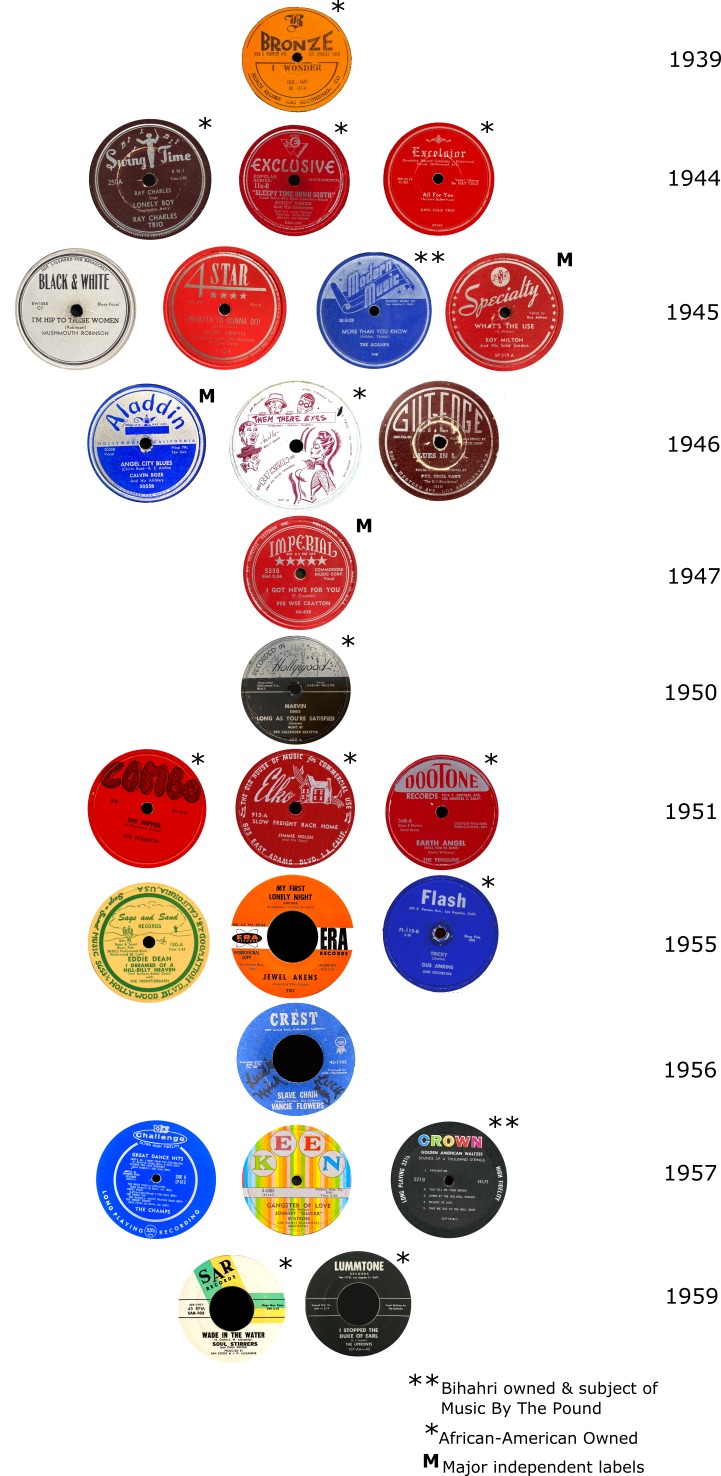
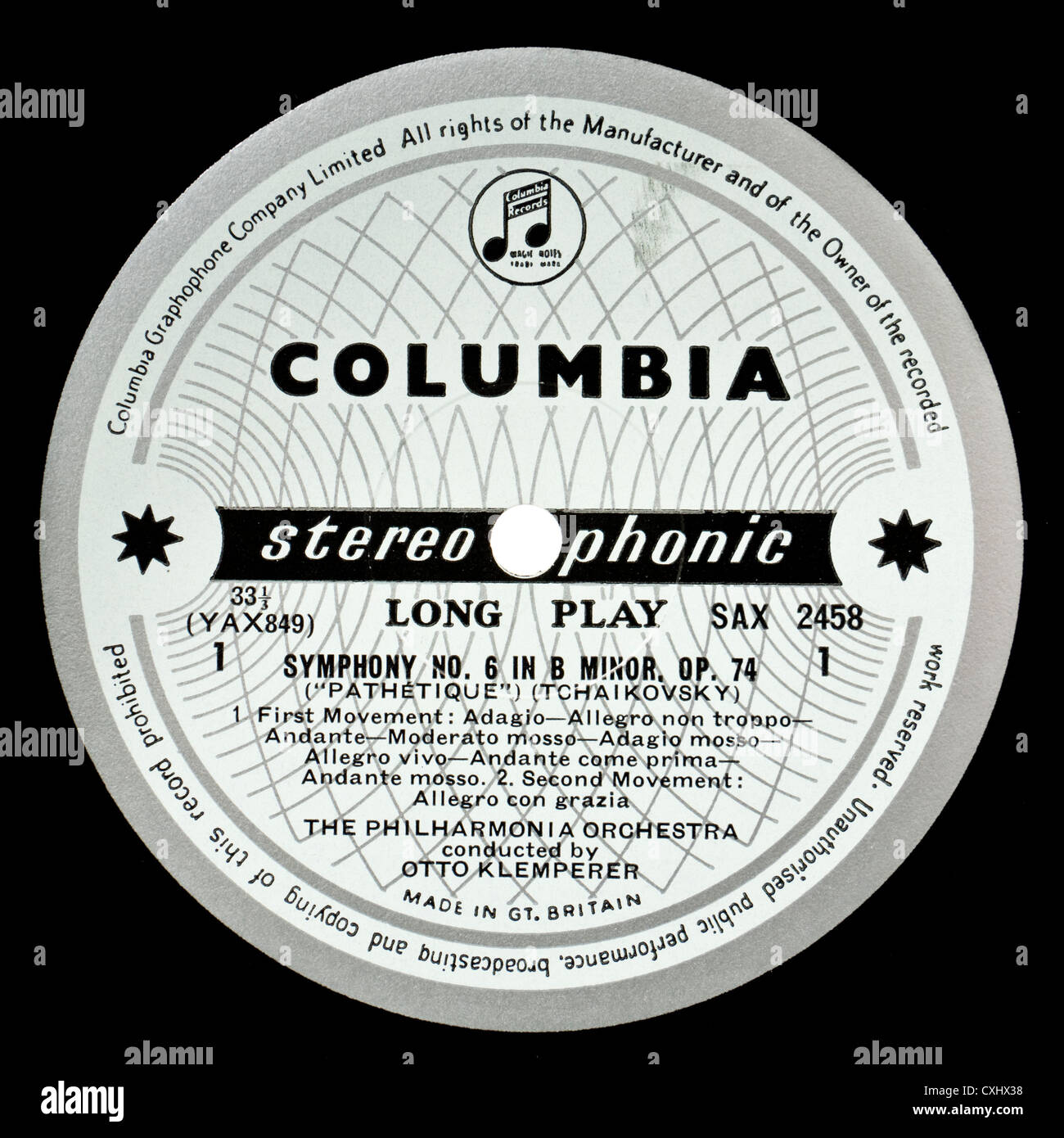



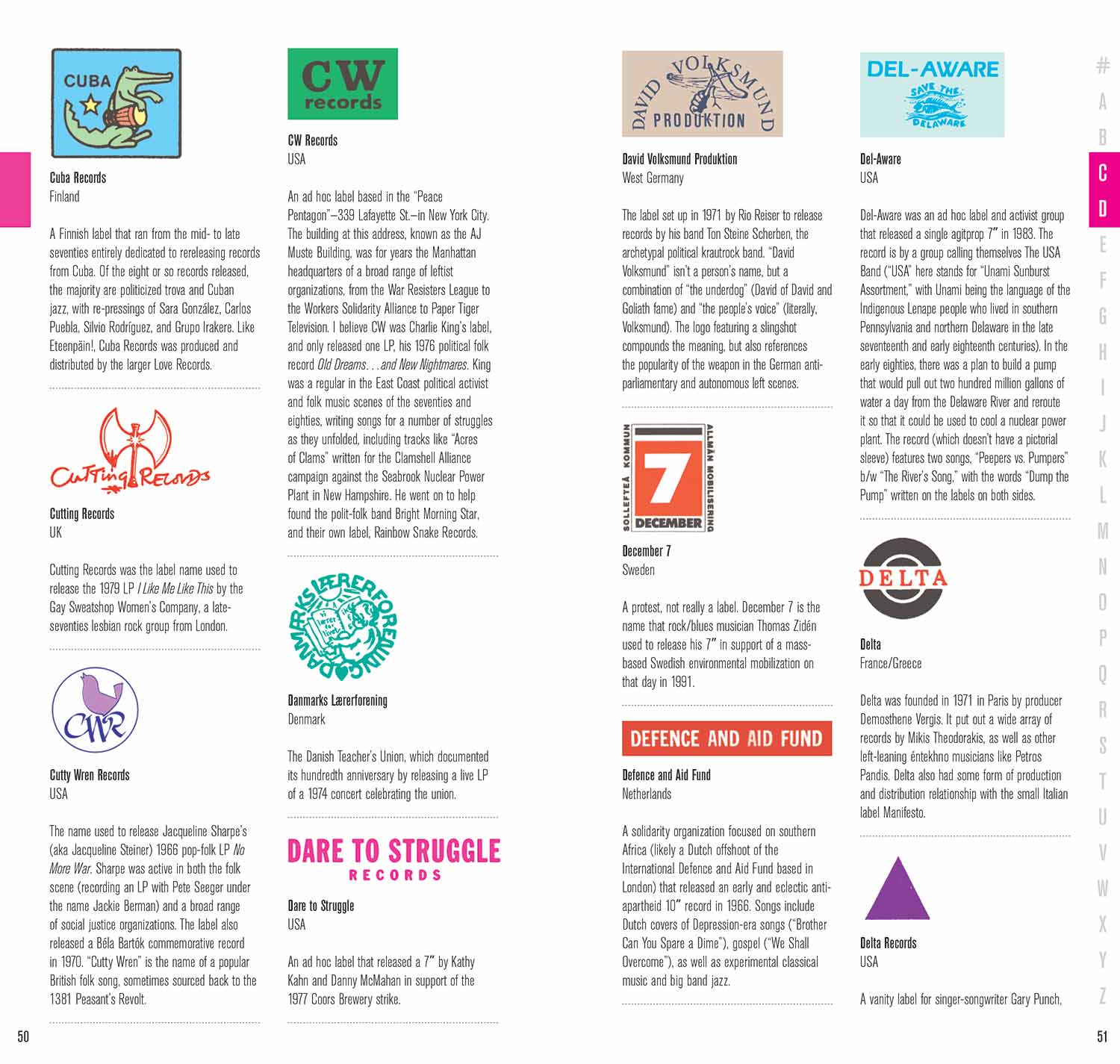

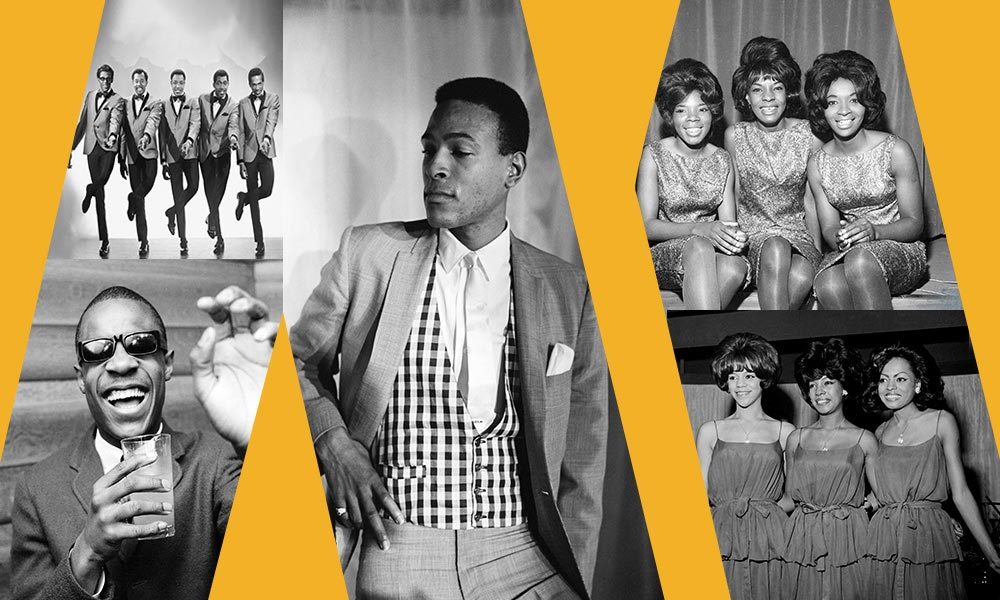






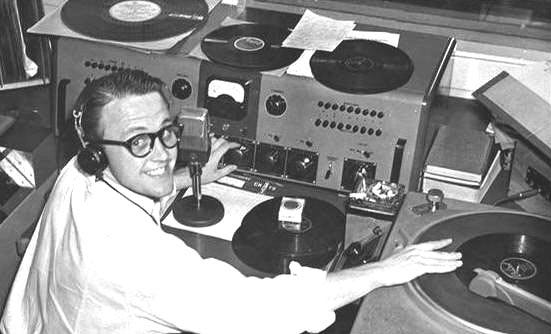
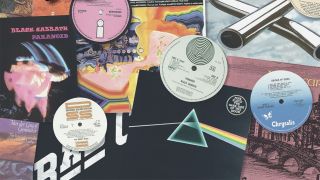

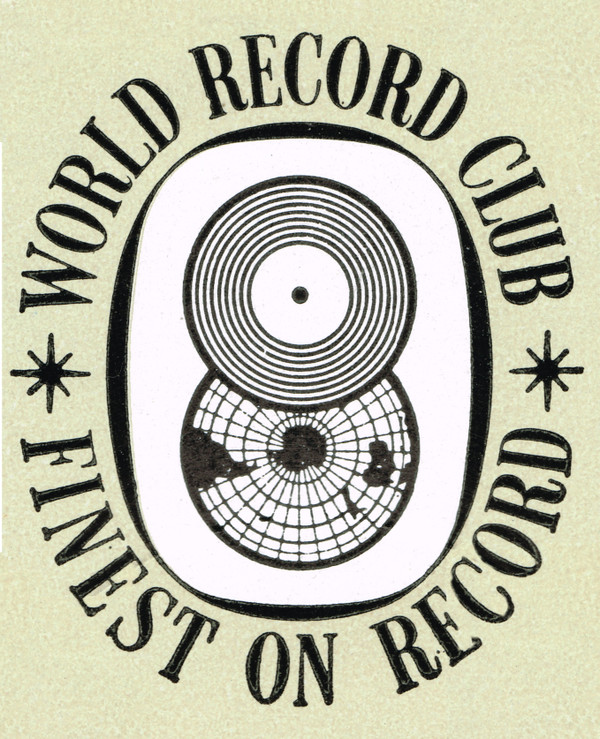








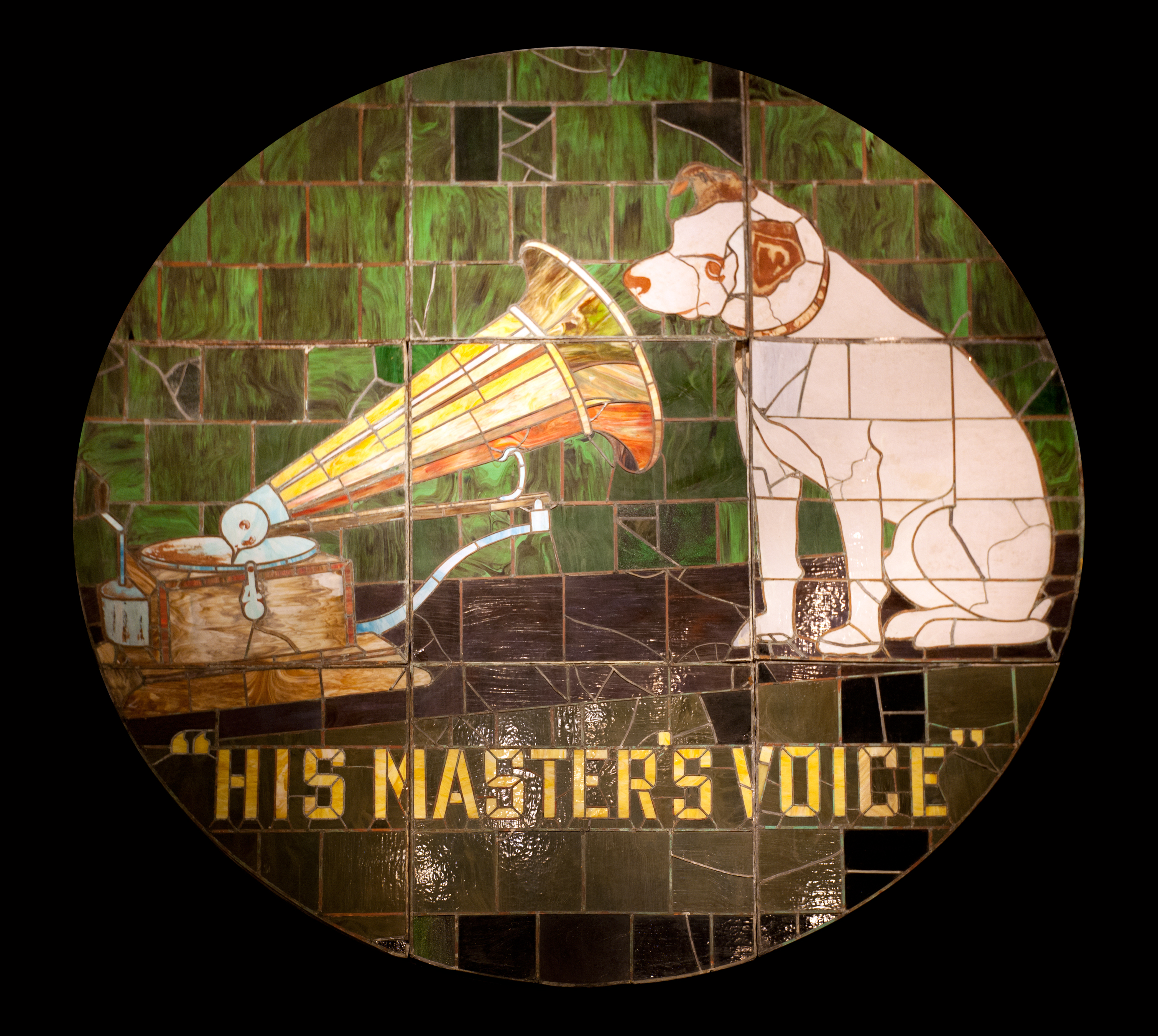


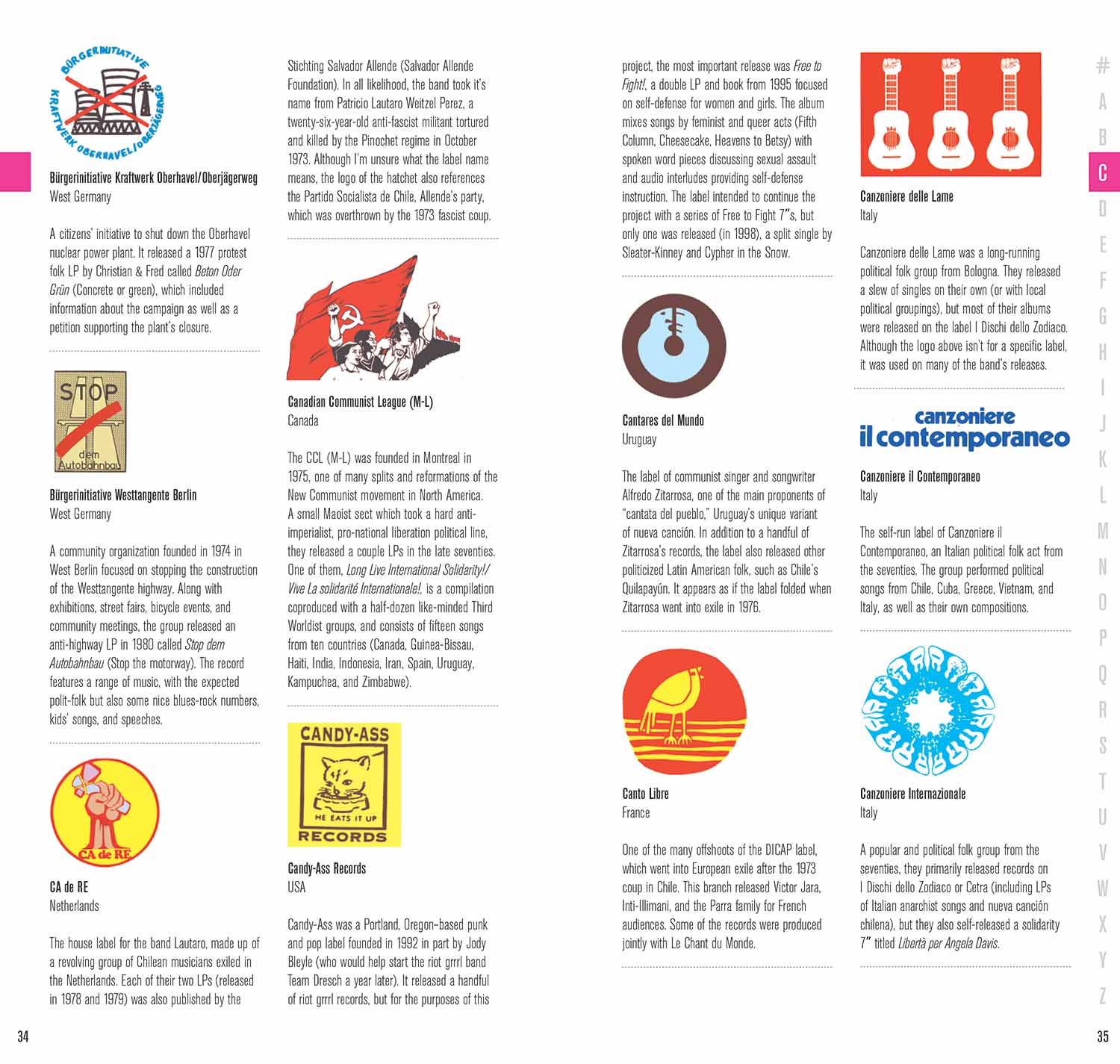
Post a Comment for "38 major record labels of the 1960s"